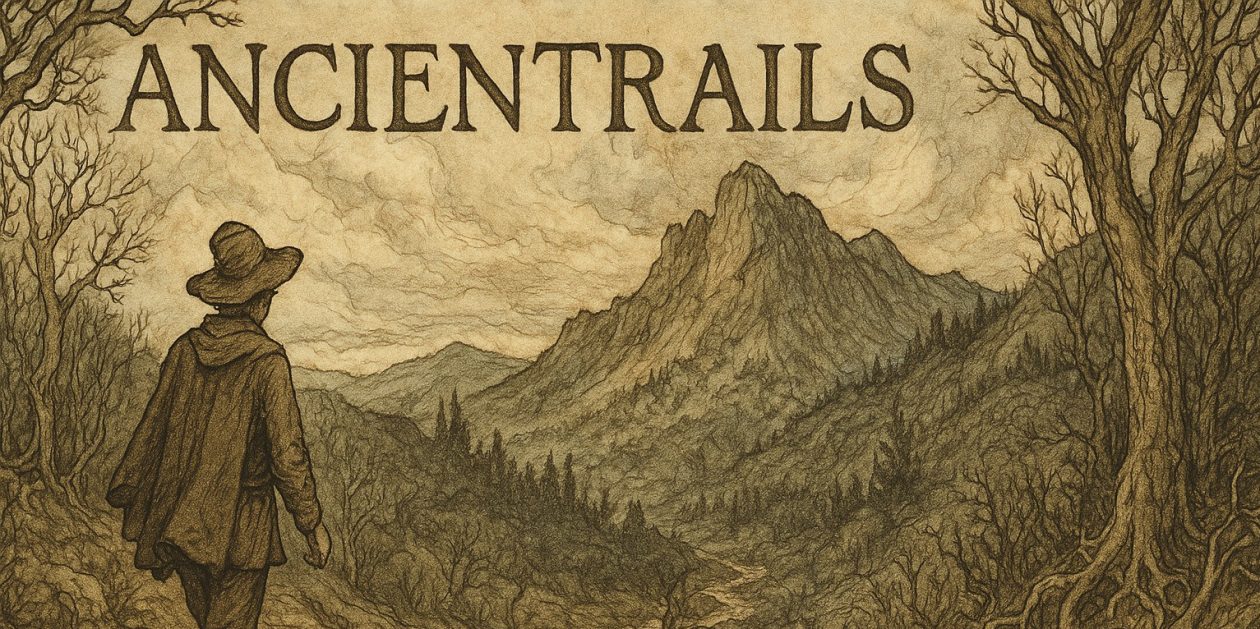Winter Waning Moon of the Winter Solstice
I have now seen “A Fire in My Belly.”
What did I think of it? Much of the movie disturbed me: scenes of lucha masked wrestlers throwing each other to the mat, a grainy clip of bull fighting, occasional interpositions of an Aztec priest lifting the heart out of a sacrificial victim, gamecocks fighting to the death, legless beggars walking a city street and panhandling in traffic, a man’s mouth being sewn closed, young boys breathing fire on Mexican city streets to make a few coins. Frankly, the ants crawling across the crucifix, I didn’t see them biting the ivory figure but maybe the Catholic League paid closer attention, didn’t have near the shock value I anticipated from the news releases and very little compared to the much more violent or voyeuristic images I’ve already mentioned.
I’ve added some material below from the Catholic League and the Walker. The Catholic League’s argument is a farce from a logical perspective. It suggests, for example, that because the first amendment prohibits the state’s establishment of religion that it should not be able to fund things that “bash” another. Whether or not this is bashing may lie in the eye of the beholder, but the argument that prohibiting establishment somehow contains a negative constraint against critiquing religion just doesn’t follow. At all.
As a work, I found “A Fire In My Belly” obscure as to meaning and intent, though with some powerful images that display the underlying violence of Mexican culture. Just why he chose the savagery of Mexican cockfighting, wrestling, bull-fighting and human sacrifice, I don’t know, but linking it to the kind of brutality that could crucify a god on earth seems like a powerful pro-religious statement.
Images of Coatlicue, She of the Serpent Skirt, show up frequently in the film and may provide an interpretive key. Among other things, she is the birth giver from whom all life comes and to whom all life must return in the eternal cycle of death and rebirth. An art historian familiar with this sculpture from the Mueso de Antropologica in Mexico city, says: “In effect she symbolizes the earth, but also the sun, moon, spring, rain, light, life , death, the necessity of human sacrifice, humanity, the gods, the heavens, and the supreme creator: the dual principle.” (material quoted from The Flayed God, pp 220-223)
Thus, her presence signals the deeper mythic significance of the individual images from Mexican culture and places the crucifix, certainly bound up in the eternal cycle of death and rebirth, in an artistic context.
This is not an easy piece, either viscerally or art historically, and may be as much a cry of pain as anything else. The more I think about it, the more powerful it becomes. So there, Catholic League.
